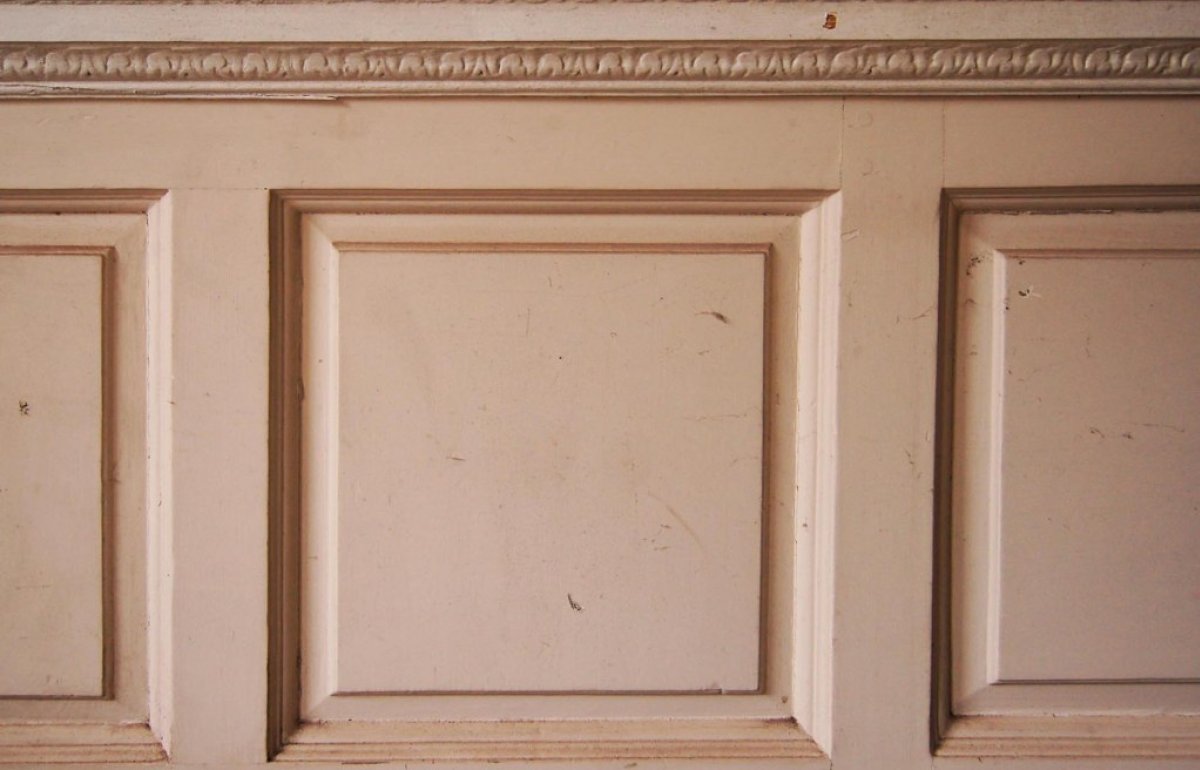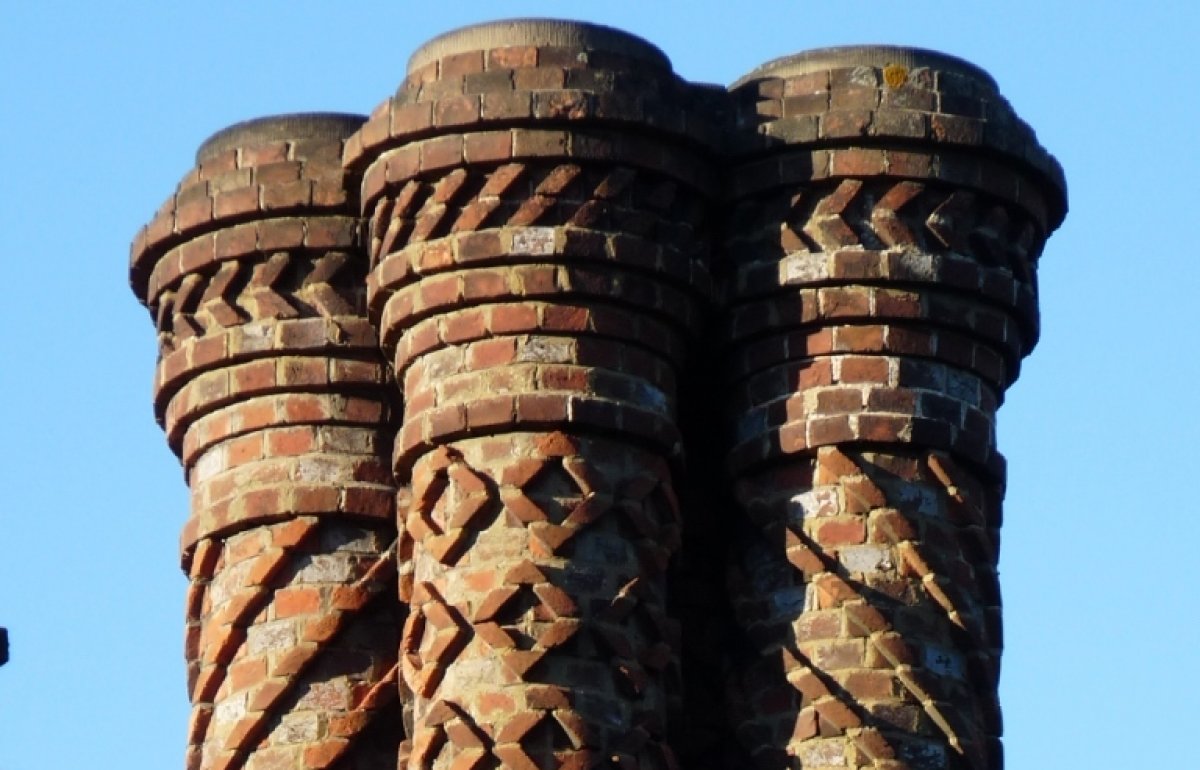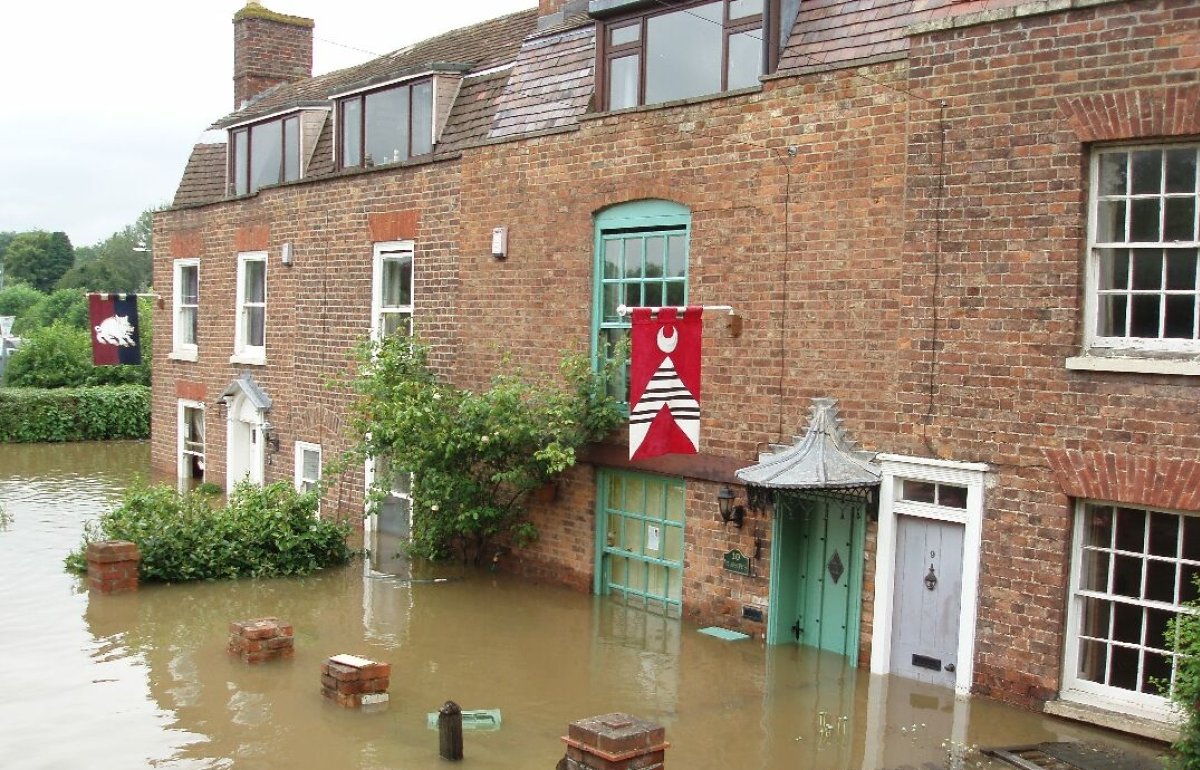Cold weather precautions
It’s often possible to take measures to protect old buildings against frost and snow damage – and the cost of doing so can be small compared to the expense of repairs.
How do I protect heating and water pipes from frost?
Localised flooding through pipe or tank bursts can be avoided by the use of proper lagging (especially outside and in unheated areas). Particularly vulnerable pipework should be relocated wherever possible or electric heating tape applied. Avoid reducing the protective ground cover over external water pipes through excessive earth removal.
When a building is unoccupied for a couple of days, programme the heating to run continuously at a low level (about 5ºC). Additionally, open the loft hatch fully to keep the roof space above freezing point. If the heating is turned off during longer periods without occupancy, drain the hot and cold water system (ensuring any supply for firefighting can still function). Otherwise, central heating systems can be protected with antifreeze chemical and a frost thermostat.
Check stop valves periodically for ease of operation in case of an emergency and consider installing a pipe leak detector with automatic shut-off. Thaw frozen pipes gently using hot clothes or a hot-air gun (not blowtorch).
How do I protect roofs from moisture ingress due to snow?
Snow should be cleared from parapet and valley gutters with wooden or plastic shovels to prevent moisture seeping through joints (minding your own safety). Alternatively, duckboards or electric heating tapes can be provided to keep gutters clear of snow. Wooden duckboards should not be constructed of oak or other timber species creating acidic run-off that erodes gutters made of lead or certain other metals. Snow guards fitted near eaves reduce the risk of snow or ice breaking away and damaging glass in roofs below.
How can I reduce frost damage to building materials?
Freezing and thawing cycles affecting wet masonry or unfired earth in cold weather causes cracking, spalling and, in the worst cases, structural instability. Exposed elements of buildings are particularly vulnerable, including parapets, copings, cornices and chimneys, as well as freestanding walls. Damage can sometimes be minimised by controlling dampness. For example, avoid inappropriate cement mortars and impervious wall insulation materials because they inhibit ‘breathability’, clear roofs of moss that harbours moisture and keep rainwater fittings free from debris to prevent blockages.
Ensure that salt is not spread onto the bottoms of walls when paths and roads alongside are gritted. Salt contamination can hasten significantly the decay of mortar joints, brick or stone.
Statues and other garden ornaments vulnerable to frost should be moved inside or insulated with a temporary covering.
Dry windows every morning where overnight condensation has formed to prevent moisture damage to paintwork, and timber or metal frames.
What precautions should I take to protect new work from frost?
Lime-based mortars, plasters and renders are frequently the most appropriate for old buildings but should not be applied, if possible, during the winter months or at other times when there is a risk of frost, which can cause failure. Take great care to see that any recent or new work is covered with hessian or another insulating material (leaving air gaps) until it has dried out and hardened. Substitution with cement-based mixes or the use of anti-freezing agents in lime mortars and renders is not recommended. Heated scaffold enclosures are sometimes used.
Frost action is generally felt to improve the qualities of lime putty maturing in storage. It is important, however, that the putty is fully thawed and well-mixed before use.
Can cold weather cause structural damage to old buildings?
In exceptional cases, heavy frost can affect the load-bearing capacity of the soil beneath a building and cause its partial subsidence. Where the stability of a structure is in doubt, the SPAB may be able to suggest the names of suitably experienced structural engineers to contact.
Frost damage to road surfaces increases traffic-induced vibration. While this can potentially exacerbate existing damage to fragile buildings (mainly their finishes), it will not harm a structure of reasonably robust nature.



